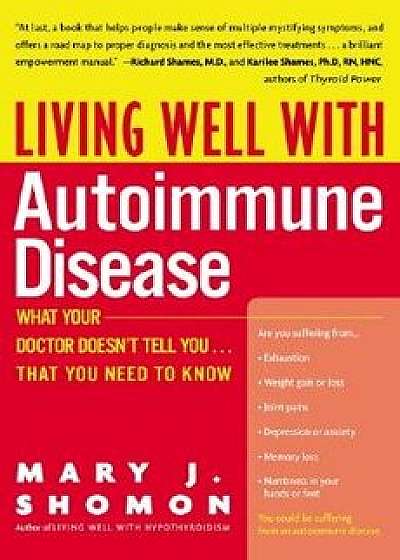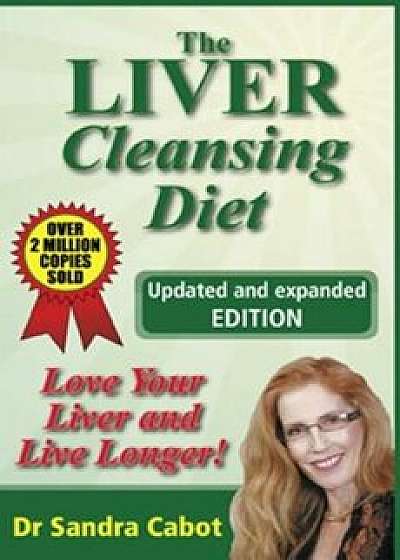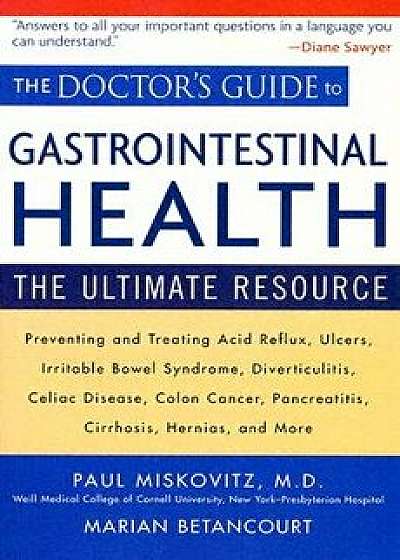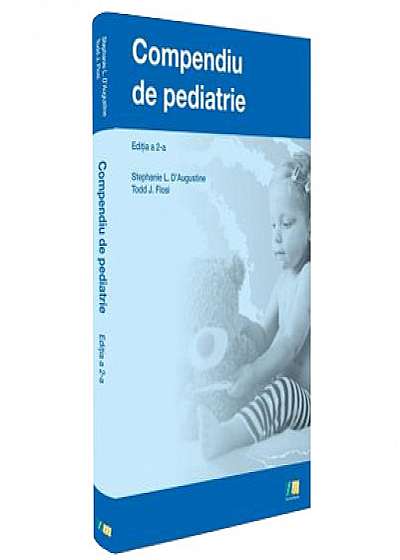
Hepatitis C: A Complete Guide for Patients and Families, Paperback
Descriere
The liver is the body's workhorse. It makes proteins and bile, processes fats, and detoxifies drugs and alcohol. The liver is a resilient organ, but it is susceptible to damage from a number of sources, including viral infections. Such infections cause inflammation of the liver, called hepatitis. This book is a comprehensive guide to hepatitis C, which affects about 3 percent of the world's population--3 to 4 million people in the United States alone. Some people with acute hepatitis C infection will be cured without any treatment, but when hepatitis C becomes chronic it may cause cirrhosis, liver cancer, and death. Hepatitis C is transmitted from an infected person to an uninfected person by sharing drug-injecting equipment, snorting cocaine, having sex, or getting a blood transfusion or organ transplant. It can be spread by getting a tattoo with unsterile equipment. In rare cases, women with hepatitis C transmit the virus to their infants. World-renowned gastroenterologist and liver specialist Dr. Paul J. Thuluvath provides detailed information about the disease and its diagnosis and management, including dramatically improved treatments that have recently emerged. Dr. Thuluvath answers common and uncommon questions about hepatitis C and liver disease, including - How is hepatitis C spread? - Who should be tested--and what tests diagnose hepatitis C and other liver diseases? - What are the symptoms of acute liver disease? - What are the symptoms and complications of chronic liver disease? - What are the complications of cirrhosis (scarring of the liver)? - How does hepatitis C affect other organs in the body? - What treatment options are available, and what side effects might they have? - How is early liver cancer diagnosed and treated?- When is liver transplantation needed, and how does it work? Dr. Thuluvath provides the latest information on new interferon-free regimens, which have shown a cure rate of more than 90% in people with specific genotypes--and which av





